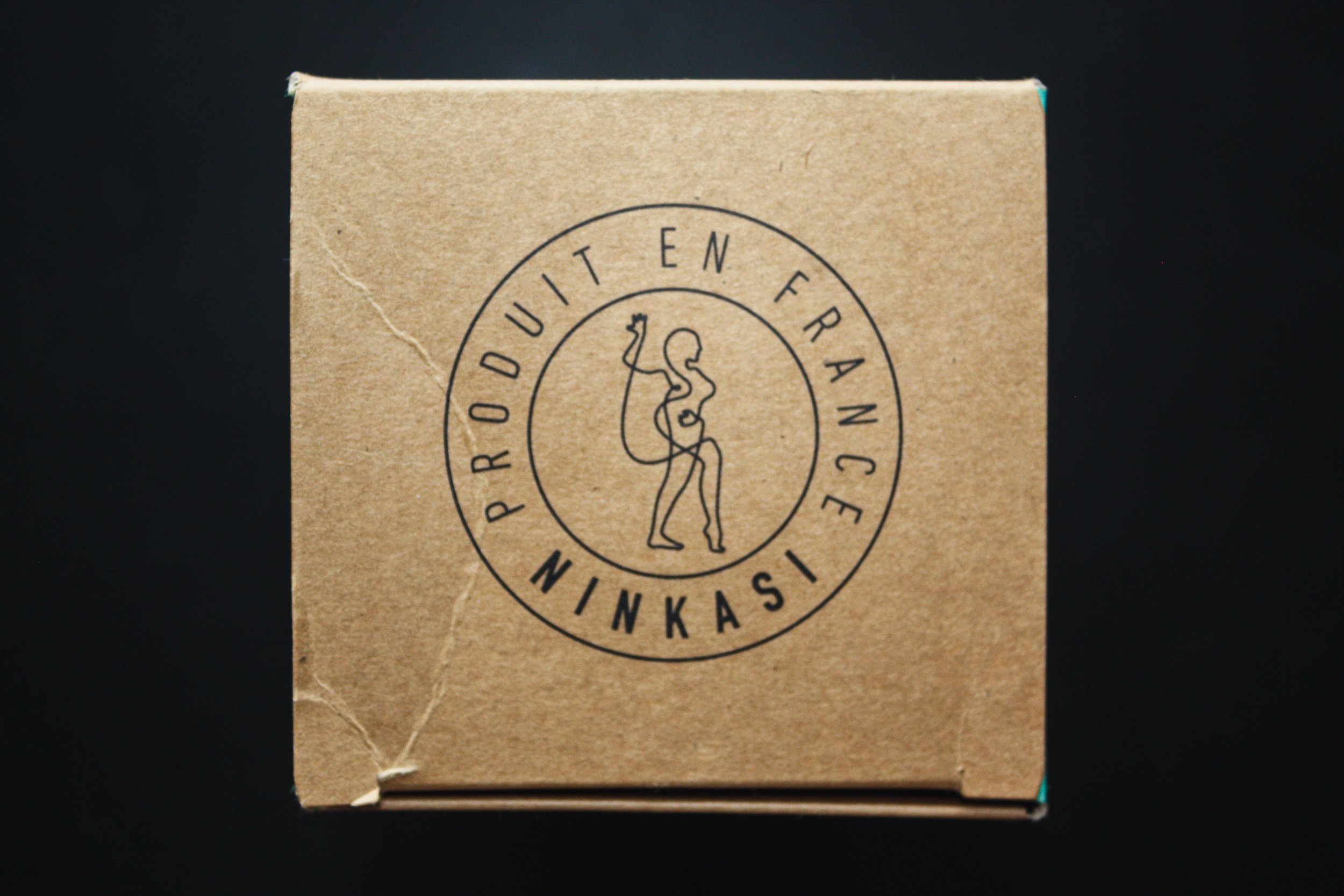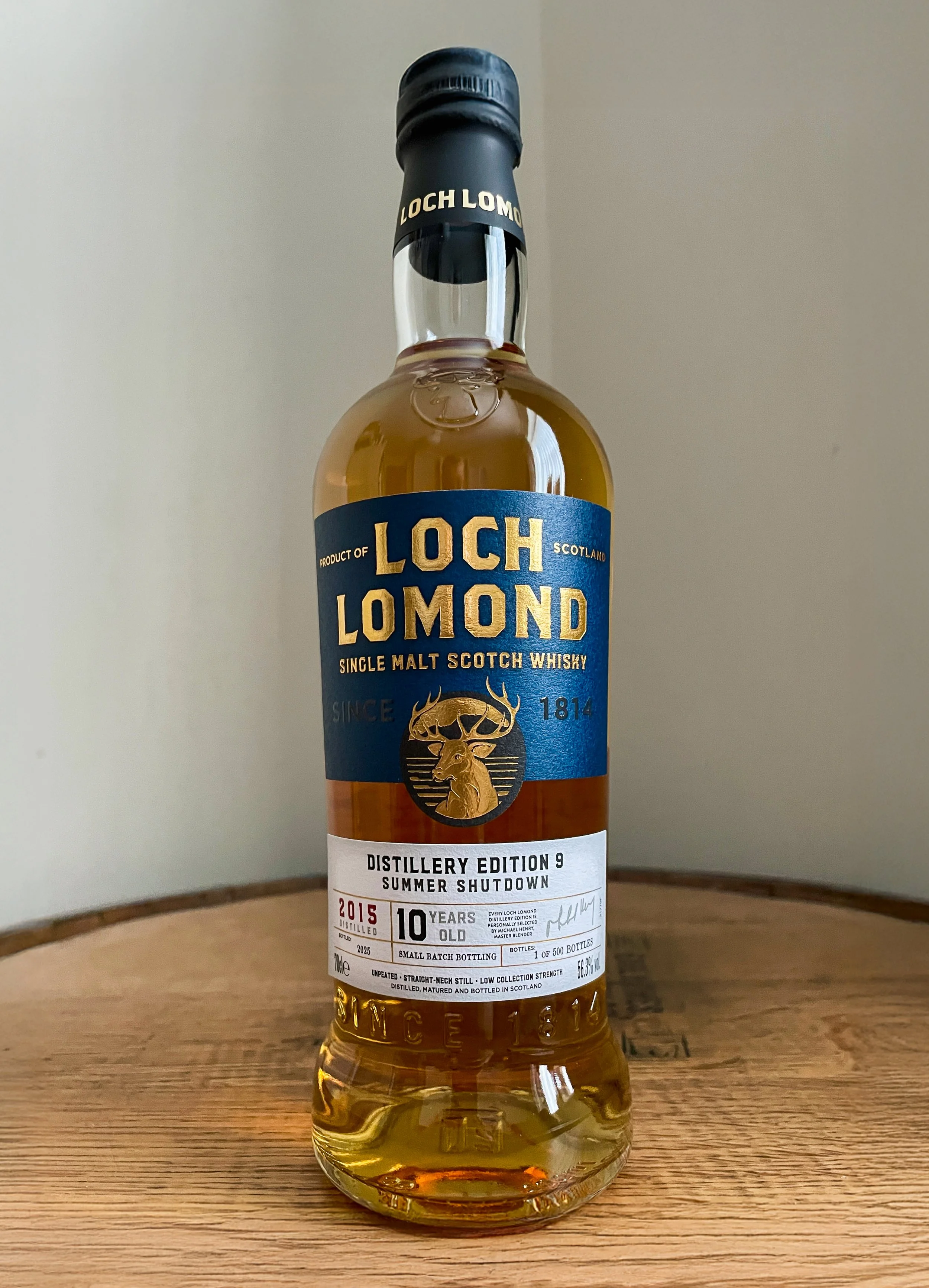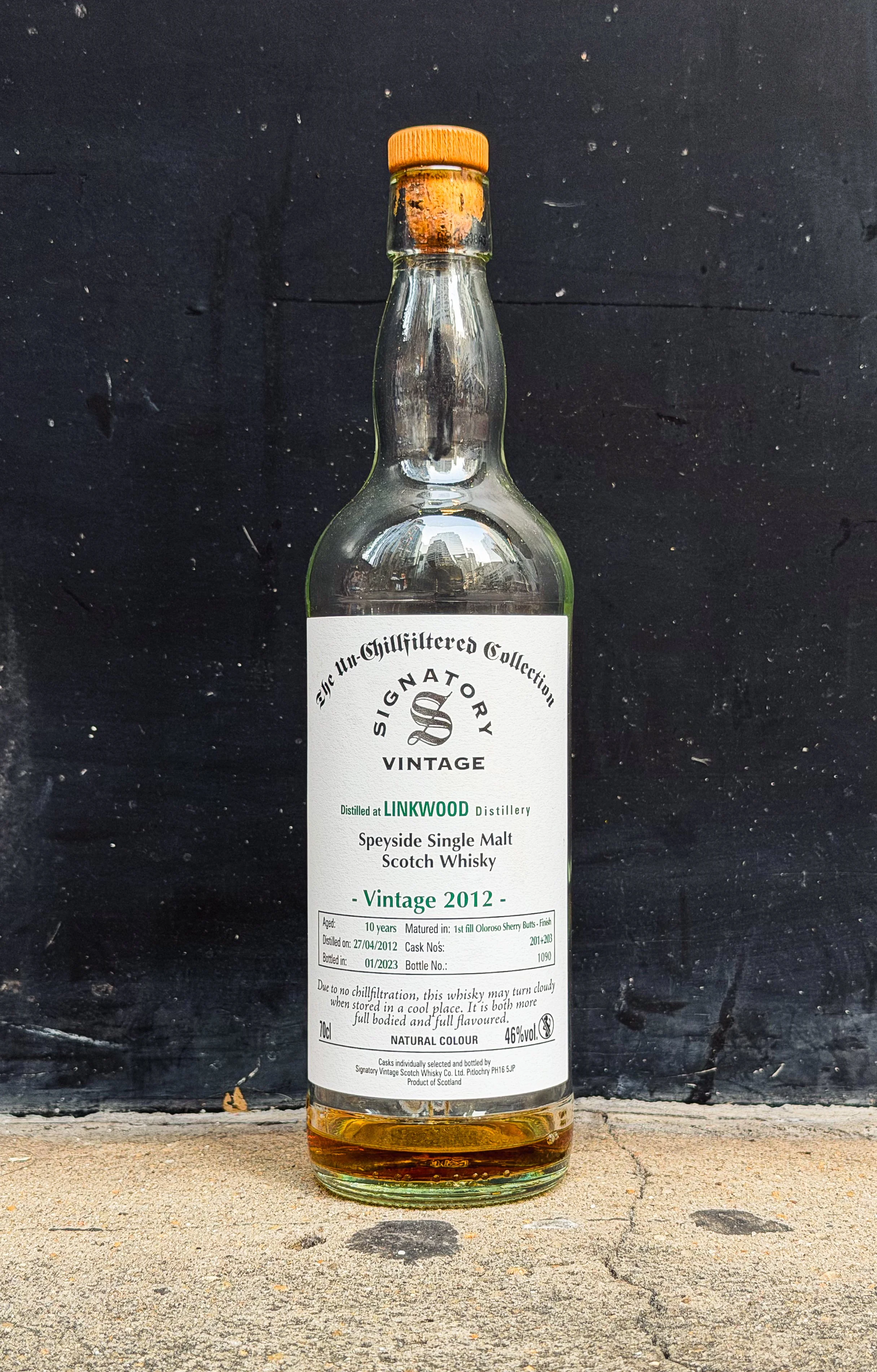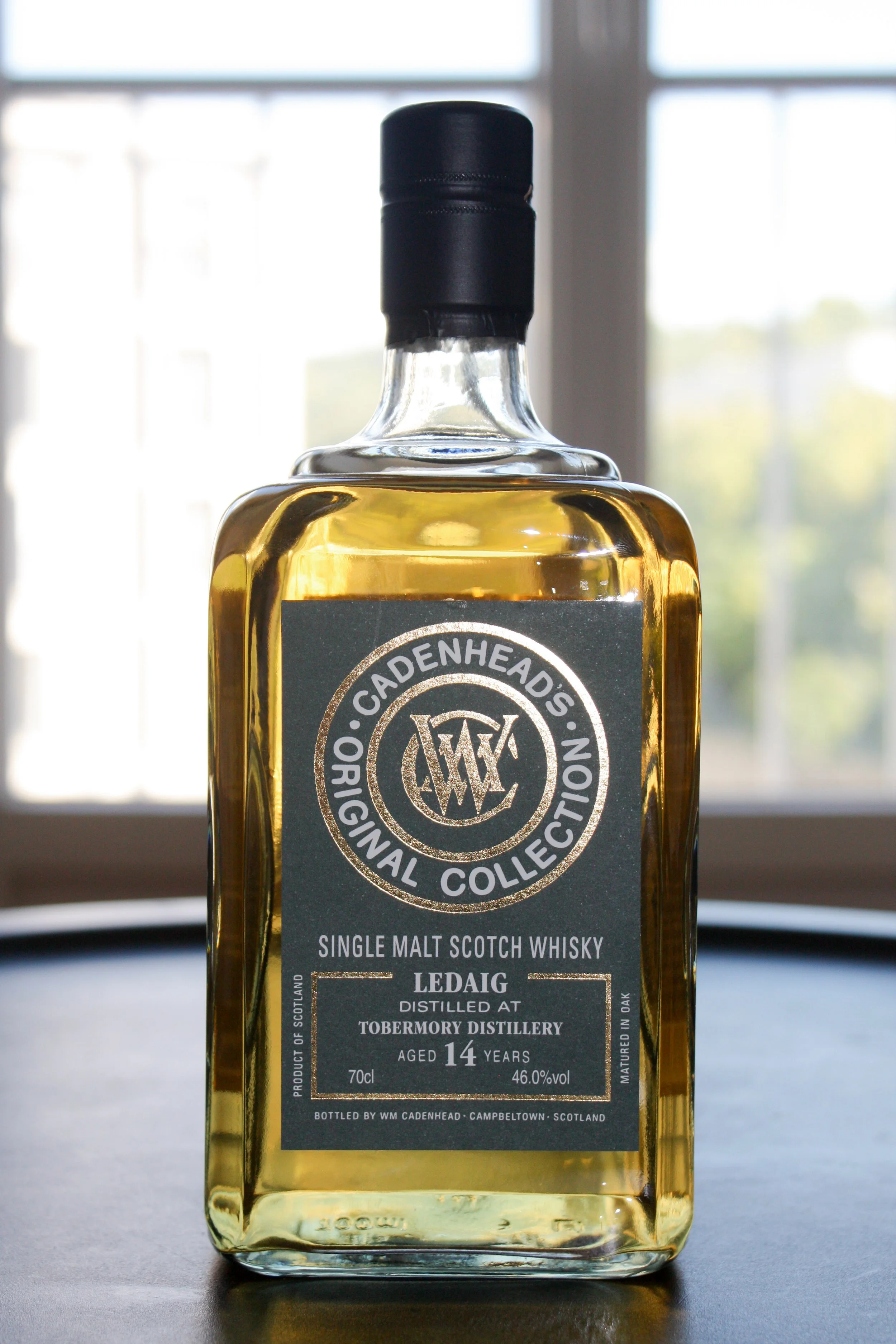Ninkasi Chardonnay Cask
French Single Malt | 46% ABV
Score: 6/10
Good stuff.
TL;DR
Unique profile and great value; proof white wine casks can work
I like my Wine and Whisky Separate. But…
Although I love wine, when it comes to whisky, despite my deep dive into the topic for my wine cask whisky cheat-sheet, I’m not a wine cask guy.
To be clear, I do like sherry casks, and I’ve enjoyed a few sauternes and port matured drams over the years, but when it comes to red wine in particular, it tends to be a clear no from me. Yet, I think there is some potential for good wine cask whisky to exist.
First of all, a lot of wine casks are made from European oak, and we all know good European oak sherry cask whisky can be beautiful. They usually are also built to be better quality than regular bourbon casks, which are more of a mass produced consumable.
But most of all, as also hinted to by some of the people I interviewed for the afore-mentioned feature, I think white wine casks are underrated and underused compared to their red counterparts. There are no tannins in white wine which could ruin the structure of the whisky, and white wines are in general more subtle than red wines.
If there’s one whisky producing country which does truly experiment with wine casks - and by that I mean not just find another unknown red wine to make whisky darker - it’s France. Thanks to their ties with the wine industry mainly distillers are befriending winemakers and through geographic proximity French distillers and bottlers tend to use a lot of wine casks, even by modern Scotch whisky standards. There are amongst those a lot of whiskies which I simply find not to be good enough or integrated enough, suffering from the same issues a lot of wine finished Scotches do, but there are also some that are quite interesting.
Proximity and deeper knowledge of the French winemaking world means French distillers are able to source casks from relatively unknown vineyards, or unusual types of wines (at least with regard to whisky making). A lot of these are sweet or fortified wine casks from the likes of Maury, Banyuls, Vin de Paille du Jura or Coteaux du Layon. But some producers also experiment with dry white wine casks, mainly from Bourgogne but also from the Loire and Rhône valleys, or the south west of France. This is the case with this core range bottling from the Lyon-based distillery Ninkasi, aged in ex-chardonnay and ex-viognier casks.
As fellow French whisky pal Coldorak already mentioned in the comment section of one of my early reviews, Ninkasi is considered among enthusiasts as a distillery worth trying every now and then, as they produce generally good quality juice at a relatively affordable price point. I wouldn’t consider them among the top tier of French whisky, as say Armorik or Glann Ar Mor, but they certainly are amongst the ones I feel the most interested in.
Ninkasi was first founded as a craft brewery in 1997 in Lyon, one of the first in the country. As a matter of fact, Ninkasi is the name of the goddess of beer in the Sumerian mythology. They have since grown quite a bit and opened around 25 brew pubs and restaurants, mainly around Lyon. You can also often find their beers in French supermarkets. A bit like the French Brewdog - minus the scandals.
Their beers are a refreshing alternative to industrial juggernauts, but I’d argue that nowadays, there are countless smaller breweries dotted around the country which are more interesting to explore, if you also like your malt undistilled, and hop-laden. However, they also produce spirits, and they’re quite good at it too.
In 2015, as the brewery was moving to bigger buildings in Tarare, right next to Lyon, they built a distillery and hired Alban Perret, as a master distiller and blender. Having a rich wine background, Alban allowed for Ninkasi to be able to source lots of different, but most importantly fresh - just emptied - wine casks, mainly from Bourgogne and the northern Rhône valley, the two wine producing regions that are closest to the distillery.
From the beginning, a focus has been put on white wine casks, which is still quite unusual. The whiskies spend their first year of ageing in virgin European oak barrels, from the likes of Seguin-Moreau or Radoux cooperages, and are then put in a diverse array of finishing casks.
When the distillery was expanded in 2023, two new stills were purchased from Honoré, multiplying the capacity of the distillery by a factor of ten. Quite interestingly, these were not bigger copies of the previously used Charentais-type stills, but rather “vacuum” stills, made out of steel and not copper. The copper contact is provided in the shell & tube condenser, to strip the sulphur compounds out of the spirit.
Distillation under low pressure effectively lowers the boiling point for alcohol, requiring less energy than traditional atmospheric distillation, and might also favour different aromatic extraction from the wort, though research on this subject is still quite scarce.
It’s a distillation method that is quite common in the perfume industry, and absent from whisky production (at least to my knowledge), until it was pioneered by Eric and Anne-Hélène Cordelle, at another great French distillery, the Distillerie du Vercors. It will be interesting to see the effect that has on the spirit in the coming years.
Review
Ninkasi Chardonnay, French Single Malt Whisky, French oak chardonnay and viognier cask matured, 46% ABV
€44 paid (£37) reasonable availability
This is Ninkasi’s core expression. It was launched in 2021, and can be found around 50-55€ in France, and actually a bit cheaper in the UK when it’s available. Once again, you can blame La Maison du Whisky for milking us French enthusiasts to the last drop. I’ve managed to pay a similar price compared to the UK RRP, by getting it at a discount from my own shop. Though I have to say, in this case, even the French RRP is very reasonable for a naturally presented, 46% single malt from a craft distillery.
This whisky is unpeated, aged in ex-chardonnay (probably from Bourgogne) and ex-viognier (surely from Condrieu) casks, made out of French oak - Quercus robur - as is the custom with wine casks in France. Let’s see if it’s actually worth seeking out.
Score: 6/10
Good stuff.
TL;DR
Unique profile and great value; proof white wine casks can work
Nose
Sponge cake out of the oven, creamy caramel, tonka beans, dried white grapes, Napolitain de Lu (if you get those where you are), caramel sauce. Dried apricots as well but only a whiff. Some fresh prunes and quetsches. With water, it doubles down on the sweet confectionery notes, like caramel custard (Flanby), and vanilla cream filling, along with milk chocolate.
Palate
Fresh and rather light texture, yet on pastry-like flavours of runny caramel, icing sugar, fresh vanilla and beurre noisette. A bit of those prunes as well, but less prominent than on the nose. It doesn’t change much with water, making it not the most complex whisky of all, but it is definitely pleasant and well made.
The Dregs
This is a whisky that really has opened up since I first popped the cork. During the first few months, the nose was very much on prune eau-de-vie, and not as sweet and pastry-like. As such, it was a bit tougher to like. It really changed now, and those sponge cake, tonka, caramel vibes make it bloody delicious.
This is a whisky with a really peculiar and interesting profile, and I think that’s mainly due to the white wine casks. They seem to give this buttery, caramel-y, as well as yellow fruits. This is quite mind boggling, because, while viognier can be very much on peach and apricot, and while chardonnay can be buttery - especially in Bourgogne, where whites are often aged on the lees, those lees being regularly stirred - those caramel and sponge cake notes are not something I’ve experienced in white wine before. It highlights the fact that a particular cask won’t necessarily impart the exact notes you might expect onto the spirit. I can’t believe I’m saying this, but more wine casks please, just not bold reds!
This is in the end a fairly priced, tasty, unique whisky, and I would advise you lads and lassies to try it if you can. Especially if at some point you feel like you enter a whisky fatigue phase. It really is different, and warrants a well deserved 6/10.
Staying with the French theme, let’s listen to a French song : The über-classic Marcia Baïla, by the most deliciously weird band of the French 1980’s, The Rita Mitsouko. There is no proper French party without this song being played extremely loud at 3am, while everyone tries to drunkenly impersonate Catherine Ringer.
Score: 6/10
Tried this? Share your thoughts in the comments below. AF
-
Dramface is free.
Its fierce independence and community-focused content is funded by that same community. We don’t do ads, sponsorships or paid-for content. If you like what we do you can support us by becoming a Dramface member for the price of a magazine.
However, if you’ve found a particular article valuable, you also have the option to make a direct donation to the writer, here: buy me a dram - you’d make their day. Thank you.
For more on Dramface and our funding read our about page here.













































